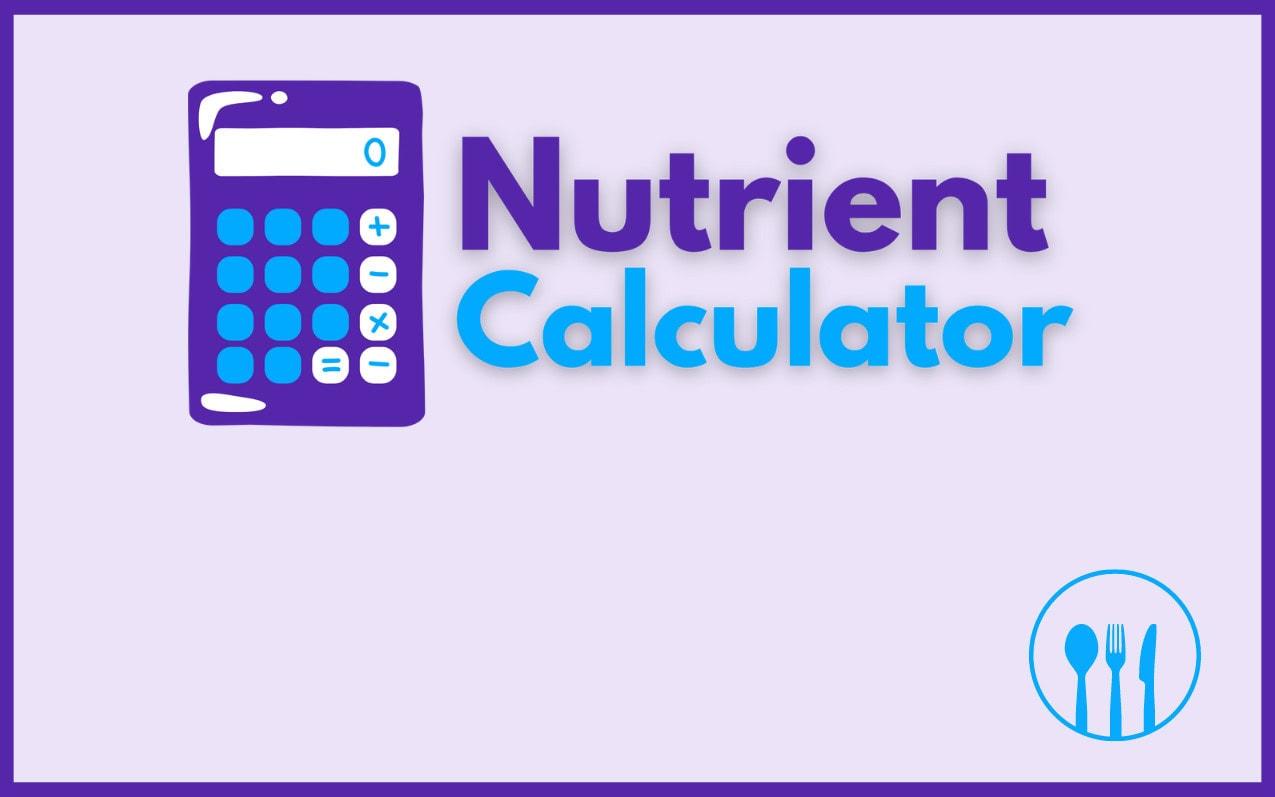
Food Sources of Calcium
Calcium: An Important Nutrient That Builds Stronger Bones
Bone is living tissue, constantly renewing itself. Although bone is strong and relatively flexible, everyday wear and tear causes tiny structural defects, much like those that occur in the foundations of a building over time. In our bodies, there are two groups of special cells that perform the work of a “maintenance crew.” Osteoclasts excavate any areas of damaged or weakened bone and then osteoblasts fill in the crevices with material that hardens to form new bone. This two-part process is called bone remodelling, and the cycle of remodelling is completed every three to four months in a healthy young adult.
As we age, the two groups of cells that form the maintenance crew become less efficient in working together – the osteoclasts remove old bone faster than the osteoblasts are able to rebuild it. In addition, calcium, like many nutrients, is absorbed less effectively as we age. In people who have relatively healthy bones, adequate calcium intake can help the remodelling process stay balanced. Studies of older adults show that adequate calcium intake can slow bone loss and lower the risk of fracture.
Take your pick: have a glass of milk (go ahead and have chocolate milk if you prefer), have soup that’s made with milk (like cream of mushroom soup), main courses made with cheese such as lasagna, or have yogurt with fruit for dessert. A 3 cm cube of hard cheese has as much calcium as a cup of milk. Skim milk products provide as much calcium as whole milk with the added advantage of less fat and cholesterol. Dairy products are an excellent source of calcium and are also a good source of protein.
If you are intolerant to dairy products or if you prefer to avoid dairy, there are other alternatives food sources that are high in calcium. These include:
- Calcium-fortified soy, almond and rice beverages (check the nutrition labels)
- Calcium-fortified orange juice (check the nutrition labels)
- Canned salmon or canned sardines. (When you eat the bones that have been softened by the canning process, these foods are excellent sources of calcium.)
| Food | Serving Size | Calcium* |
|---|---|---|
Milk – whole, 2%, 1%, skim, chocolate | 1 cup | 250mL | 300 mg |
Milk, evaporated | 1 Tbsp | 15 mL | 42 mg |
Fortified Oat Beverage | 1 cup | 250 mL | 300 mg |
Fortified Soy Beverage | 1 cup | 250 mL | 316 mg |
Yogurt – plain, 1-2% M.F. | 1 container | 100 g | 144 mg |
Almonds, raw | 1/3 cup | 50 g | 145 mg |
Artichoke, cooked | 1 medium | 120 g | 25 mg |
Bok Choy | 1/2 cup | 90 g | 84 mg |
Broccoli, cooked | 1/2 cup | 85 g | 35 mg |
Beans, baked | 1/2 cup | 125 mL | 46 mg |
Beans, snap – fresh or frozen, cooked | 1/2 cup | 65 g / 125 mL | 29 mg |
Beans – great northern, soaked, drained, cooked | 1/2 cup | 125 mL | 64 mg |
Beans – white, canned | 1/2 cup | 125 mL | 101 mg |
Bread, white | 2 slices | 72 g | 56 mg |
Chinese broccoli (gai lan) – cooked | 1/2 cup | 50 g / 125 mL | 46 mg |
Cheese – Cheddar | 1 oz | 30 g | 193 mg |
Cheese – Mozzarella | 1 oz | 30 g | 151 mg |
Cheese – Parmesan | 2 Tbsp | 15 g | 178 mg |
Chickpeas ( garbanzo beans) | 1/2 cup |125 mL | 44 mg |
Collard greens – cooked | 1/2 cup | 100 g / 125 mL | 142 mg |
Cottage cheese, 1 or 2% | 1/2 cup | 125 g | 61 mg |
Edamame (East Asian dish, baby soybeans in the pod) | 1/2 cup | 100 g / 125 mL | 138 mg |
Fireweed leaves, raw | 1 cup | 25 g / 250 mL | 104 mg |
Hummus | 2 Tbsp | 30 g | 12 mg |
Instant oatmeal, calcium added | 1 puch | 28 g | 82 mg |
Kale, cooked | 1/2 cup | 125 mL | 49 mg |
Kefir (fermented milk drink) – plain | 3/4 cup | 188 mL | 201 mg |
Molasses, blackstrap | 1/2 cup | 170 g / 125 mL | 1490 mg |
Okra – boiled | 1/2 cup | 90 g / 125 mL | 65 mg |
Orange | 1 medium | 130 g | 52 mg |
Salmon, with bones – canned | 1/4 cup | 55 g | 117 mg |
Sardines, with bones | 1/4 cup | 55 g | 210 mg |
Soybeans, cooked | 1/2 cup | 125 mL | 93 mg |
Seaweed (agar) – dried | 1 cup | 20 g / 250 mL | 99 mg |
Squash (acorn, butternut) – cooked | 1/2 cup | 110 g | 44 mg |
Tofu, regular – with calcium sulfate | 3 oz | 85 g | 171 mg |
*Approximate values.
The calcium in soy beverage is absorbed at the rate of 75% of milk. The calcium in some foods such as sesame seeds, rhubarb, Swiss chard and spinach is not well absorbed, because of very high oxalate content, which binds the calcium. Therefore these foods have not been included.

Nutrient Calculator
Are you getting the daily required amount of each bone building nutrient? Use the Nutrient Calculator to calculate your approximate daily intake for each nutrient.